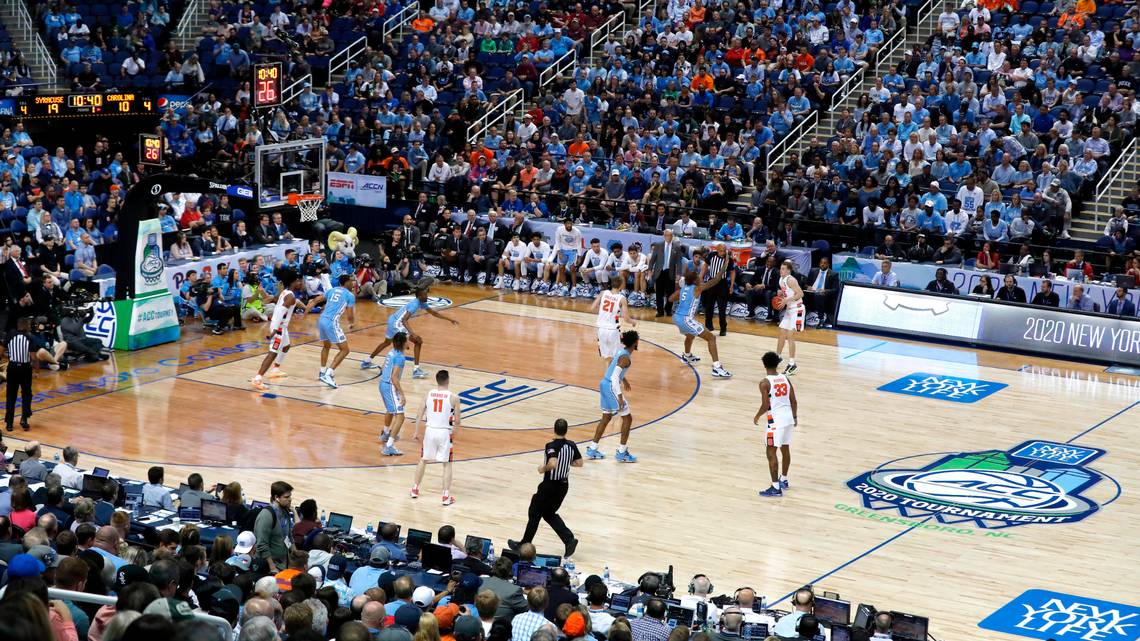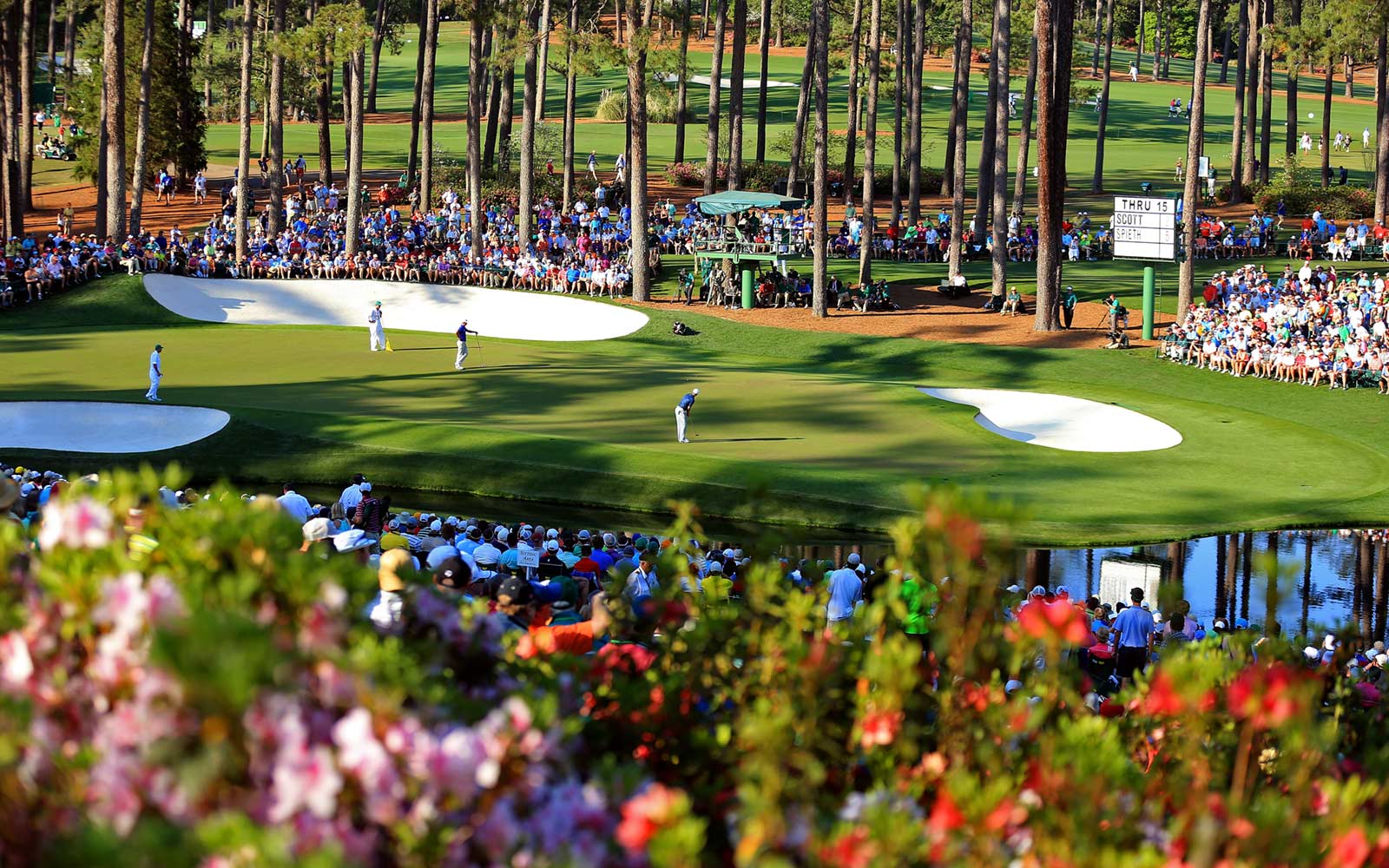The World’s Largest Outdoor Cocktail Party is taking place in Jacksonville this weekend.
Florida versus Georgia – more commonly known as the World’s Largest Outdoor Cocktail Party [WLOCP] – is one of the most prominent rivalry games in college football. First played in 1904 [more on that later], it has been played annually since 1926, except for a war-time interruption in 1943. Since its inception, the game has been played at a neutral site. It was played twice in Savannah, once in Tampa, and has only visited either school’s campus on seven occasions. Since 1933, the game has been played in Jacksonville, 70 miles northeast of the UF campus and about 335 miles south of Georgia’s. It is one of college football’s few remaining neutral-site rivalries.
Founded in Athens in 1785, the University of Georgia is the country’s oldest state chartered university. UGA has been playing tackle football since 1892. The Bulldogs have won five national championships, a dozen SEC titles and have appeared in 52 postseason bowl games. The University of Florida is a public land-grant, sea-grant and space-grant university situated on 2,000 acres in Gainesville. With just under 50,000 students, it is the eighth largest single-campus college in the U.S. The Gators have won three national championships and eight SEC crowns in their history. UF has produced 89 first-team All-Americans, 46 NFL first-round draft picks and three Heisman Trophy winners. Both schools are members of the Southeast Conference’s Eastern Division, created in 1992 when the SEC split. Florida has won 12 SEC Eastern Conference titles, while Georgia has five.
The two universities do not agree on when the rivalry began. Georgia contends it started in 1904, when its football squad played a school known as the University of Florida. The game was held in Macon, Georgia, and UGA won 52-0. Florida maintains that the modern university was established in Gainesville in 1905 and that the 1904 game featured its predecessor institution, Florida Agricultural College, based in Lake City. Florida does not count the 1904 game in its series record, claiming their football program started in 1906. Georgia does, saying “That’s where Florida was back then. We can’t help it if they got run out of Lake City.”
The first game acknowledged by both schools was held in Jacksonville in 1915. Georgia leads the series 50-43-2 [the Daily Dose counts the 1904 game]. UGA dominated before 1951 [Florida did not score a single point until the sixth meeting, a game they lost 32-9]. Through the 1970s and 1980s, the Bulldogs were 15-5. Florida went 18-3 from 1990 to 2010. Since then, the series has been split, 3-3. The 1930 contest ended in a 0-0 tie. A dozen years later, Georgia won, 75-0, the largest margin of victory in the storied rivalry’s history. Each school has enjoyed a seven-game win streak and Florida has won the last three meetings.
The Gator Bowl hosted the WLOCP from 1933 to 1993. Opened in 1928 as Fairfield Stadium before being expanded and renamed the Gator Bowl, the venerable stadium located along the banks of the St. Jones River played host to the college bowl game of the same name for over four decades. In 1964, the Beatles played a concert there during their first American tour. The American Football League played its All-Star Game at the Gator Bowl in 1968 and 1969, and Jacksonville’s pro teams in the now-defunct WFL and USFL called the Gator Bowl home during their brief existence. In 1994, the venue was almost entirely razed as part of a massive remodeling effort to accommodate the Jacksonville Jaguars, who joined the NFL as an expansion team in 1995. The rivalry continued during stadium construction as a home-and-home series. Now called EverBank Field, the stadium seats 64,428 for Jags games. When the Cocktail Party comes to town, seating is expanded to over 84,000.
The designated “home” team alternates from year to year and ticket distribution is split evenly between the two teams. Stadium seating is split lengthwise, with fans from each school sitting behind their team’s bench. This year, Florida is the home team and is located on the west side of the stadium, while visiting Georgia will be on the east side of EverBank Field. Since 2014, both teams wear home jerseys for the game. The scene is stunning, with Bulldog fans – clad in black and red – adorning half of the stadium, while Gator fans – decked in orange and blue – fill the other half. EverBank Field is equipped with the world’s largest video boards, measuring 60 feet high and 362 feet long, providing more than 21,700 square feet of digital canvas.
The game attracts huge crowds to Jacksonville, whose merchants report that Cocktail Party weekend is their busiest of the year. The neutral site provides more revenue for each school. The universities make $ 1.7 million from the game each year, as opposed to the $ 1.1 million they would earn under the traditional “home-and-home” arrangement. Neither Florida nor Georgia has plans to move the game any time soon. In March 2016, an agreement was reached between the two schools to keep the game in Jacksonville through 2021.
The World’s Largest Cocktail Party was first coined in the 1950s by Florida Times Union sports editor Bill Kastelz after seeing a drunk, stumbling fan offer a drink to an on-duty Jacksonville police officer. The game has been marred by several incidents of unruly fan behavior. In 1984, Florida fans stormed the field to tear down the goalposts after the Gators stunning 27-0 victory. Georgia fans did the same the following year, resulting in 65 arrests. In 1986, the Jacksonville City Council voted to begin awarding the goalposts to the winning school in order to maintain order. After Florida students died in alcohol- related events in both 2004 and 2005, the schools moved to ditch the “Cocktail Party” name, asking broadcasting partner CBS not to use it when promoting the game. “We are not going to be able to prevent that tag from being used, but it is our responsibility to do everything we can to educate,” said Greg McGarity, former assistant athletic director at Florida and currently Georgia’s AD. While the WLOCP name is no longer used in connection with the game, one of the biggest parties in the South rages on. In 2011, over 100 arrests were made for underage drinking. Three years later, Jacksonville police issued 111 criminal citations near EverBank Field.
As with most rivalries, Florida-Georgia has produced some epic games. In 1928, the Gators shocked the ‘Dawgs, 26-6, to secure their first victory in six tries in the series. The 1941 game saw Heisman Trophy winner Frank Sinkwich run for 142 yards and two touchdowns to lead Georgia to a 19-3 win. After the game, Florida’s coach blamed the loss on “Too much Sinkwich.” UGA had won 22 of the first 27 matchups when Florida halfback Chuck Hunsinger rushed for 174 yards and three touchdowns to end the Gators’ drought. Florida’s All-American defensive end Jack Youngblood was the hero of the 1970 contest when he stripped Georgia back Ricky Lake at the goal line and fell on the fumble. The Gators rallied for two late scores and a 24-17 victory. Trailing the 1980 Gators with only seconds remaining, Georgia wide receiver Lindsay Scott snagged a Buck Belue pass and raced 93 yards to preserve the Bulldogs undefeated season. Georgia would go on to win the national championship that season. Florida came into the 1985 contest undefeated and ranked number-one in the nation for the first time in school history. The Bulldogs spoiled UF’s season with a 24-3 victory.
The Florida Gators and Georgia Bulldogs meet for the 96th time tomorrow at EverBank Field in Jacksonville. Kickoff is scheduled for 3:30 pm ET and the game will be nationally televised on CBS. Tomorrow marks the first time since 2000 that Verne Lundquist will not be calling the game for CBS.









